E, Dame Jolie & Douce Dame Jolie, medieval song
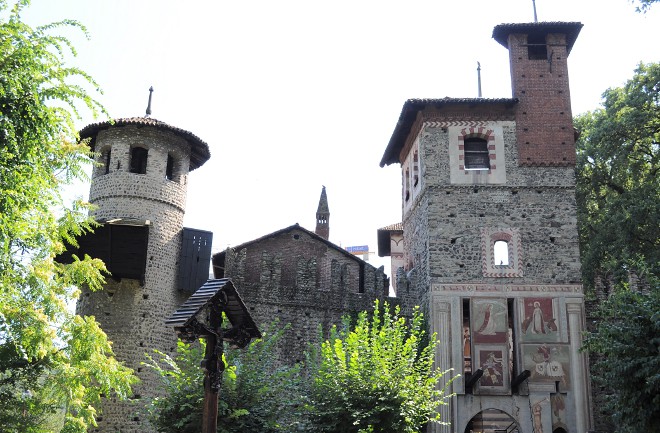
In a café in the centre of Turin, on the 8th of May 1882, some men were arguing about what age would be better to choose for an ipotetical walk back in time. They were De Amicis, Giacosa, Camerana, D’Ovidio, Teja, Arnulfi and Alfredo D’Andrade and they were aimed to built, almost childishly, “something beautiful”. The discussion ended up choosing Middle Age as the epoch to bring alive again. The idea was mostly due to Alfredo D’Andrade, the portuguese and medievalist eclectic architect and restorer of many castles and abbeys in Piedmont, follower of Viollet-le-Duc and also teacher of Gino Coppedé.
The complex included a village with porticoed houses, narrow streets and lively artisan shops, many-towered houses, drawbridge and the Castle. It is a faithful replica of a 15th Century Piedmontese Village, but nothing was invented at all: everything was designed taking as a model the best known buildings in Piedmont and in Valle d’Aosta.
The Village was inaugurated on April 27 1884 by the Royal Family and it hosted the 1884 International Exhibition of Turin. The castle was seriously damaged by the bombing of World War II and reconstructed afterwards.
Along with the middle age and gothic revival, typically used in XIXth century, this complex has something different from any others medieval revival as this is an ideal place, born from an utopia of some men, basically it’s an illusion. And it’s not to be ignored the fake aspect: even if the original project was to recreate a dreaming era, actally the project is all about the imitation of others buildings existed in the past so it’s a fake and artificial place. So, along with the definition H. Broch gave about kitsch ( “kitsch is always subject to the dogmatic influence of the past: it will never take its vocabulary of reality from the world directly but will apply pre-used vocabularies, which in its hands rigidify into cliché” ) this Medieval Village is one of the first exemple of the kitsch taste, yet unconsciously, that will become more popolar in the late XIXth century.
.
source: Renzo Rossotti “Curiosità e misteri di Torino”; borgomedievaletorino.it ; comune.torino.it; visitatorino.com
review for AtlasObscura
THE VILLAGE:
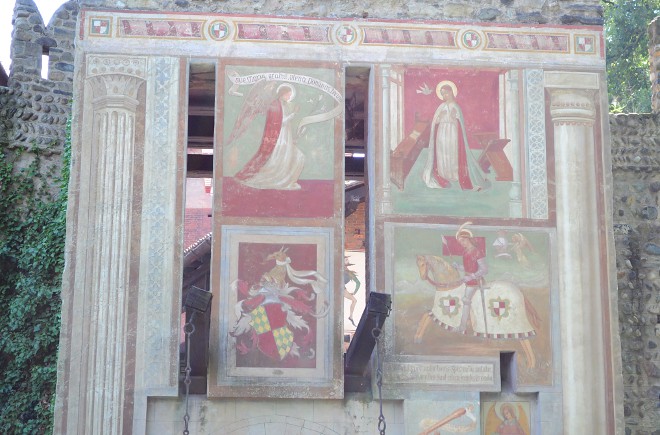
fresco of the drawbridge
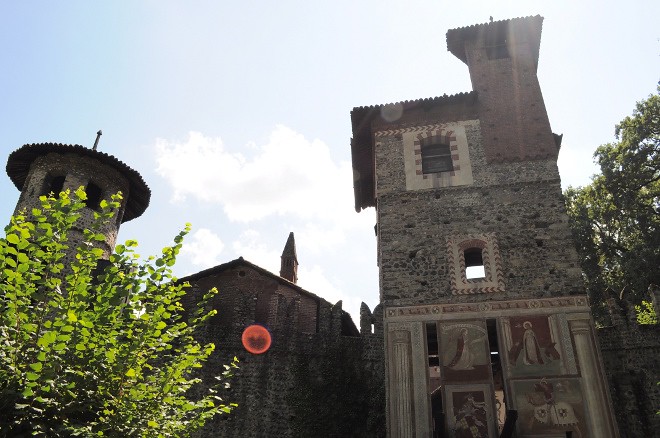
the entrance of the village
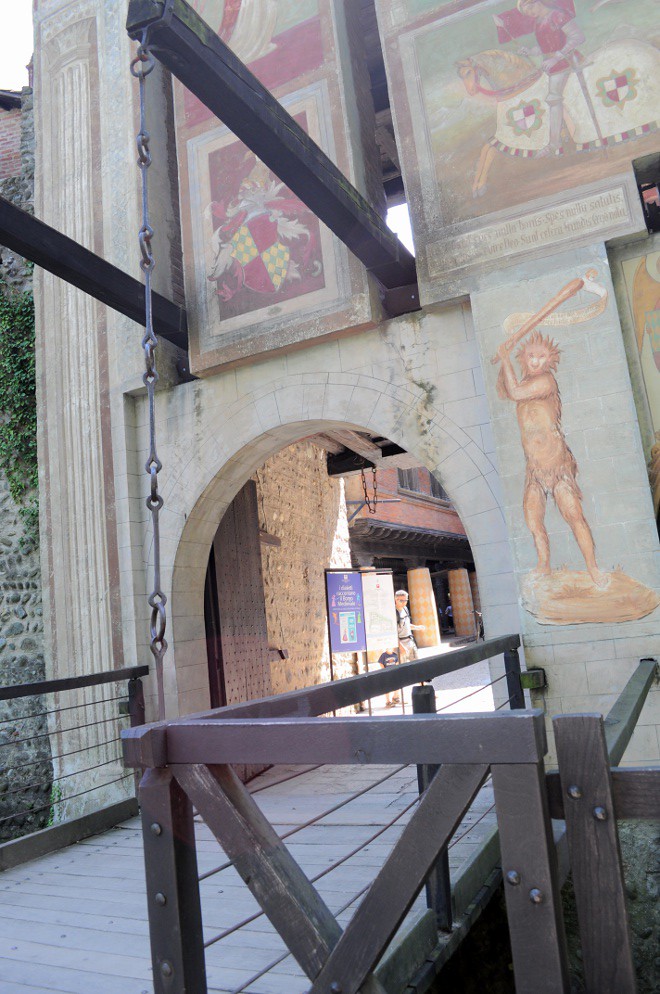
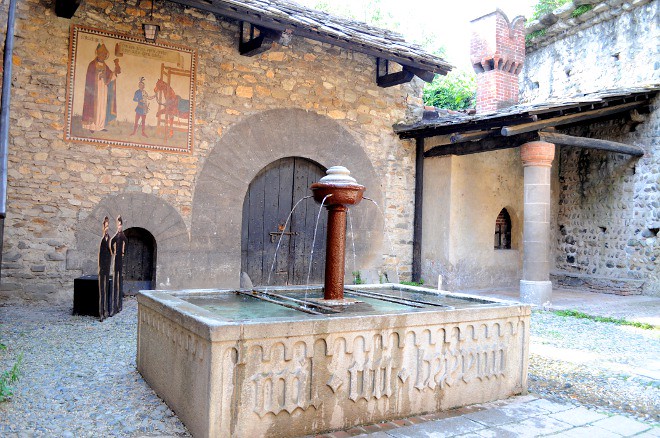
the fountain and the bakery
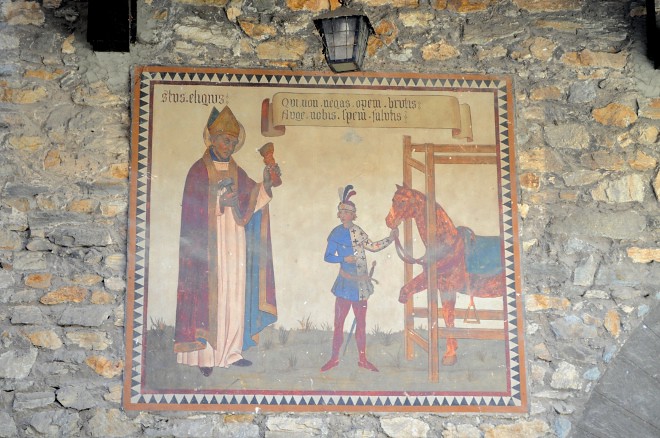
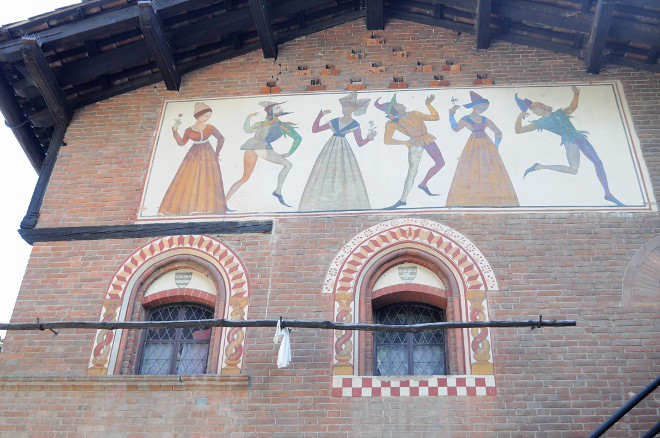
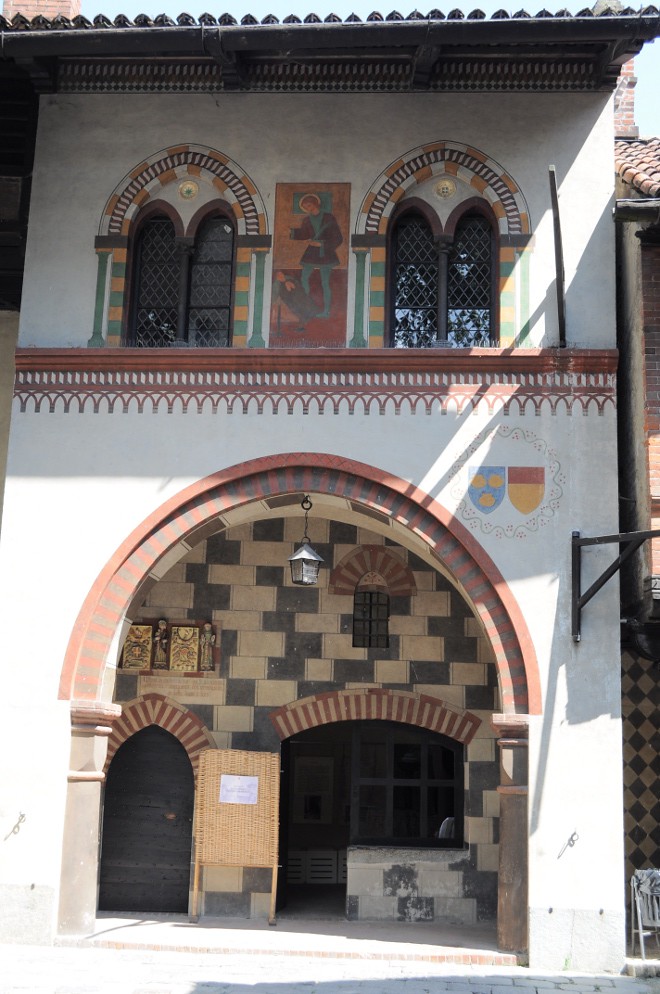
Pilgrim Inn
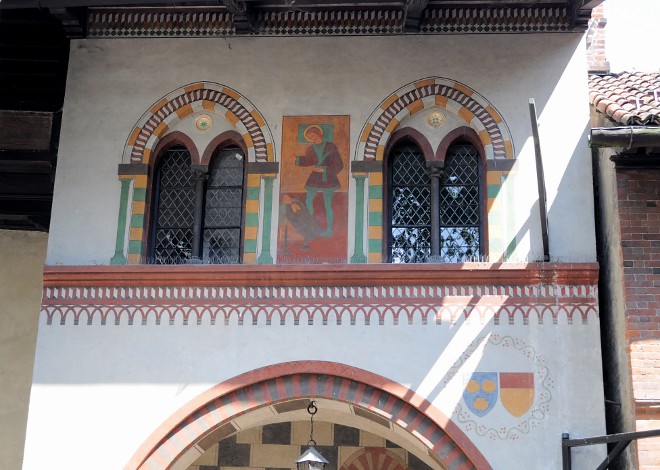
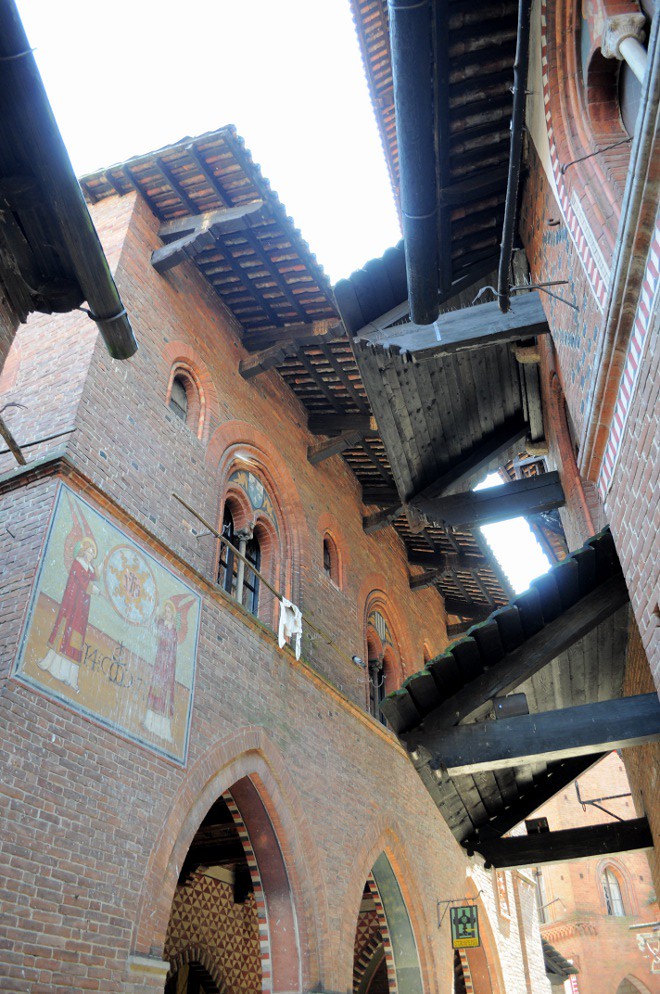

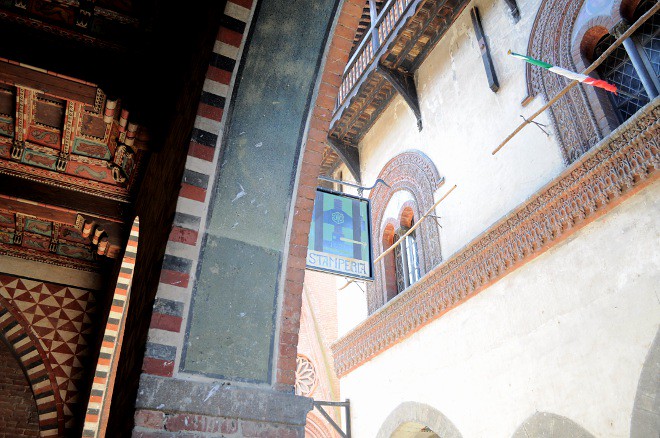
The Print Shop (Stamperia)
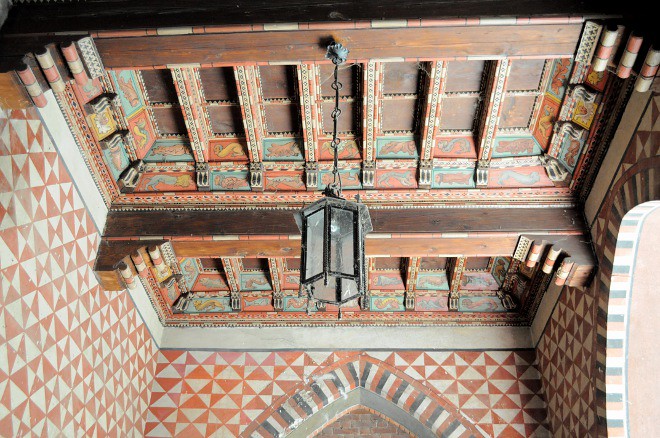
ceiling of the print shop
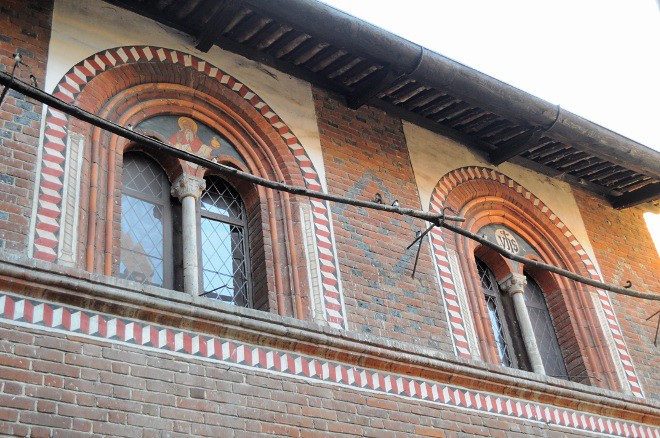

The Church and house of Courgnè
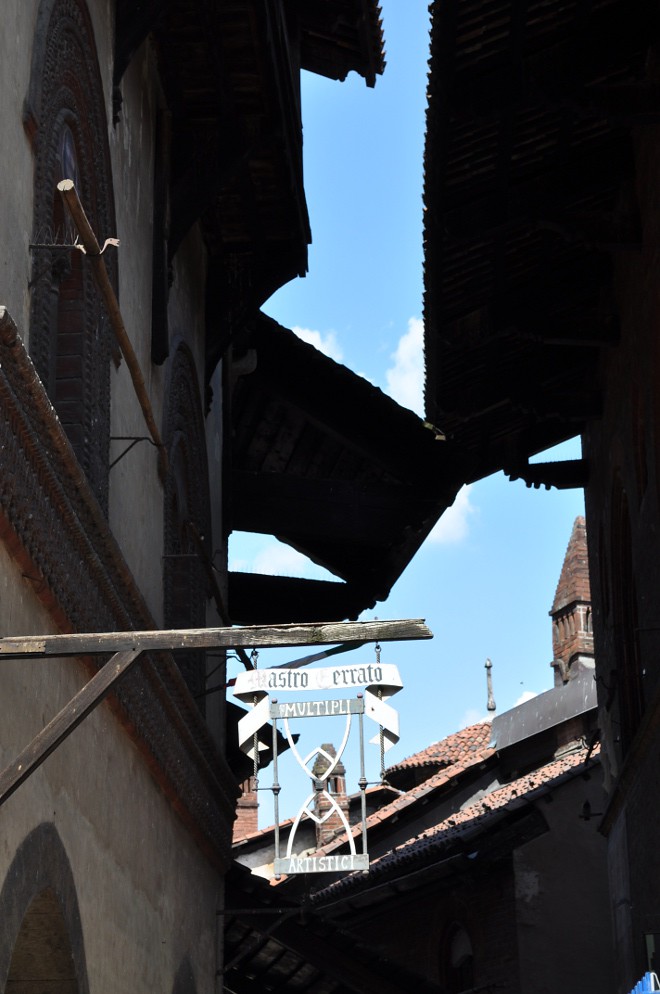

House of Chieri
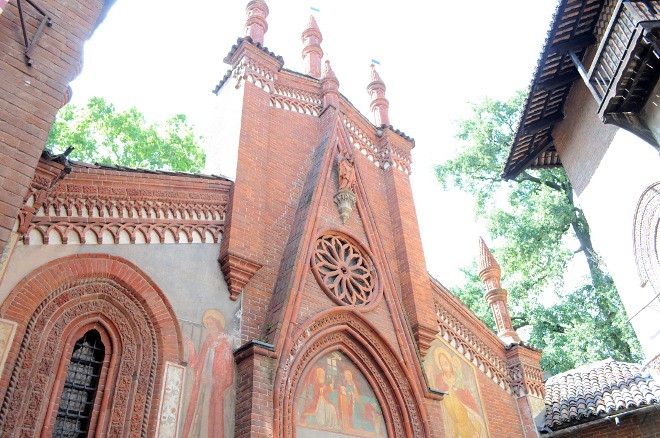

The Castle
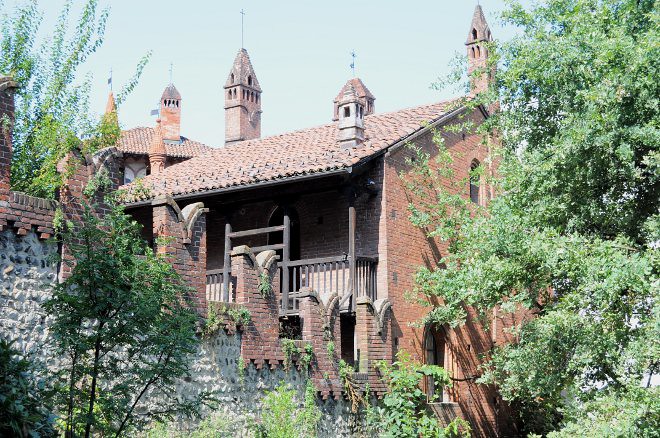
House of Avigliana
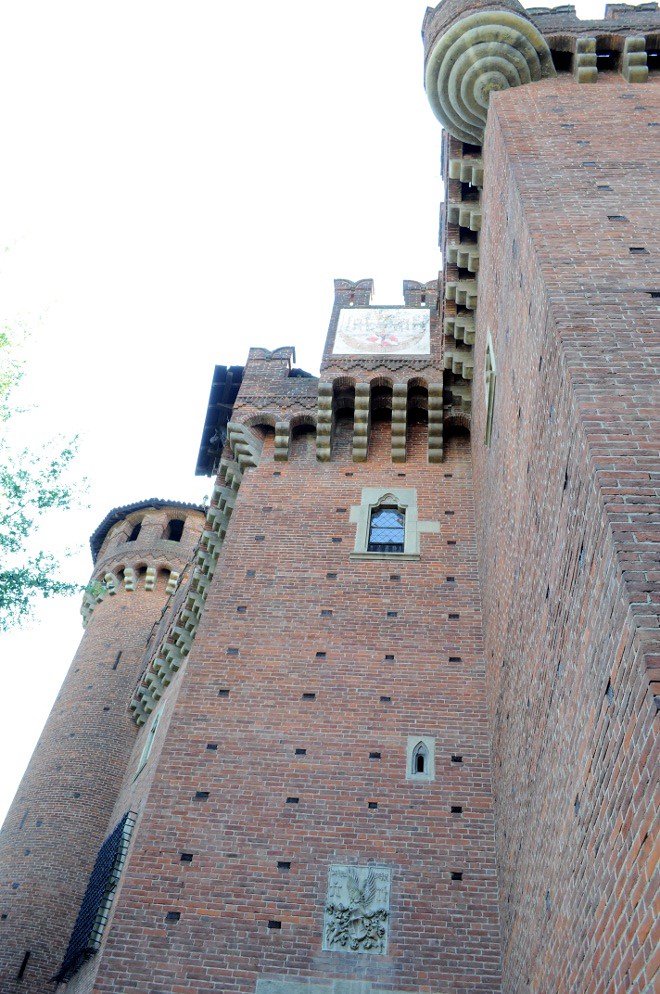
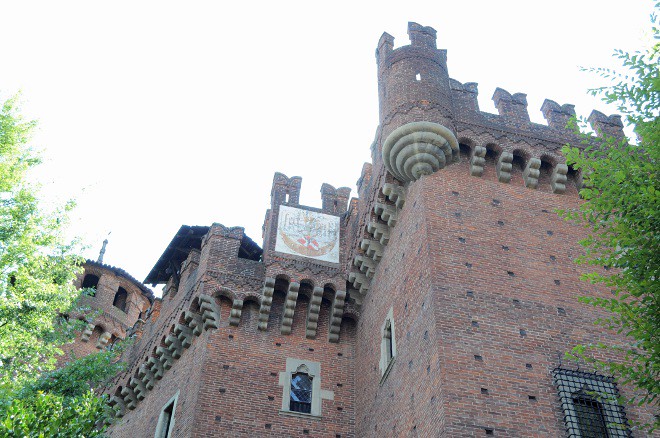
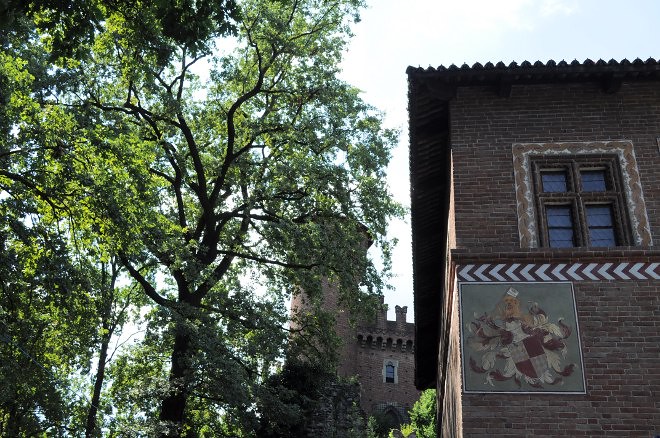
the Castle from the River
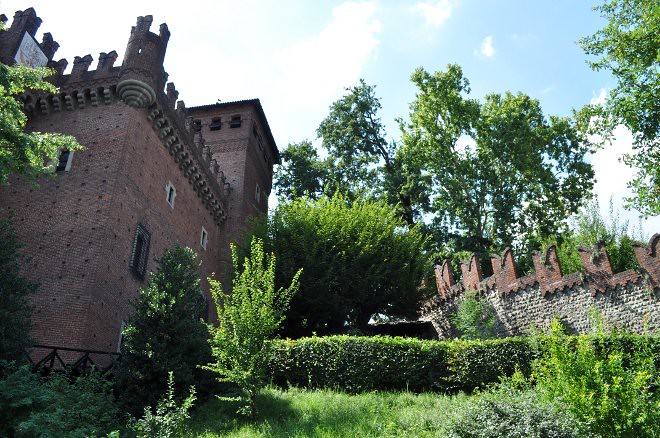
INSIDE THE CASTLE:
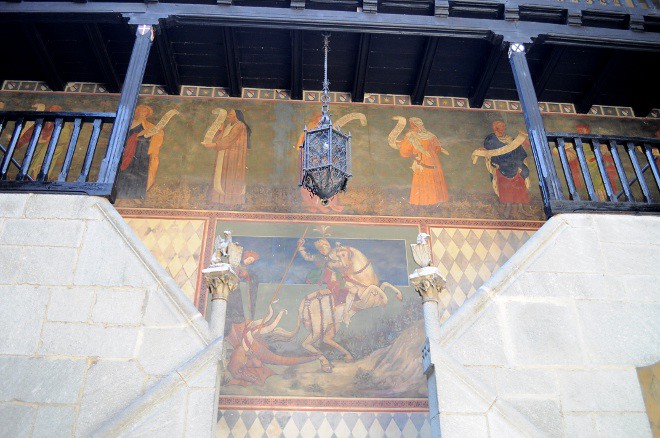
The Courtyard

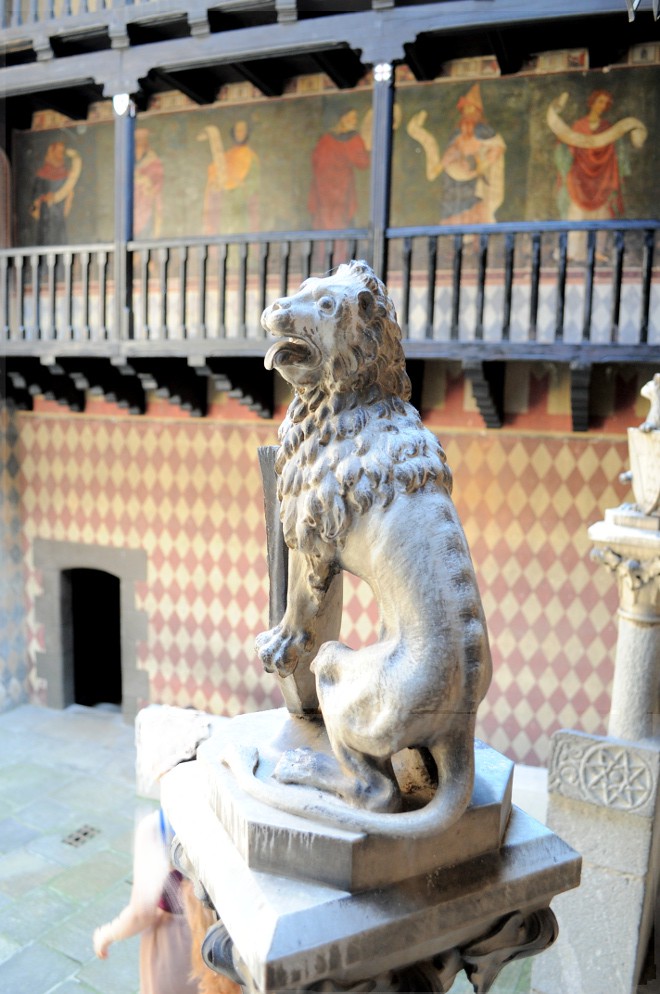
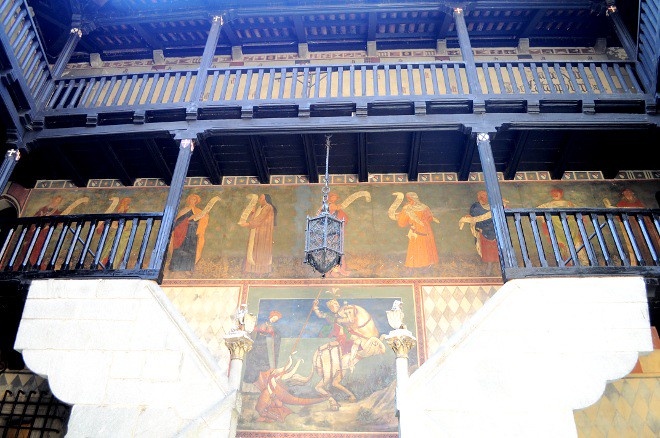
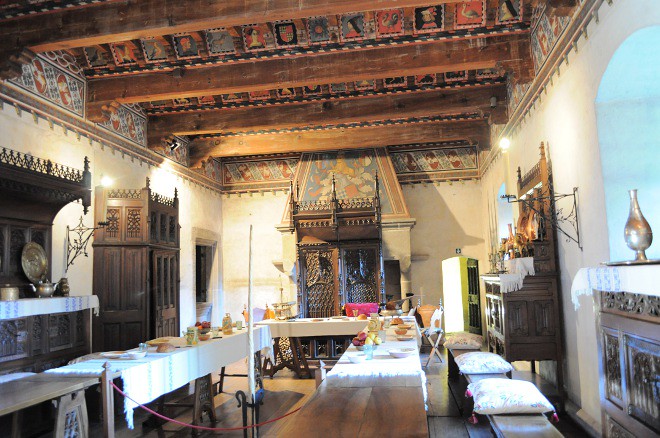
The Dining Hall

The Guardian’s room
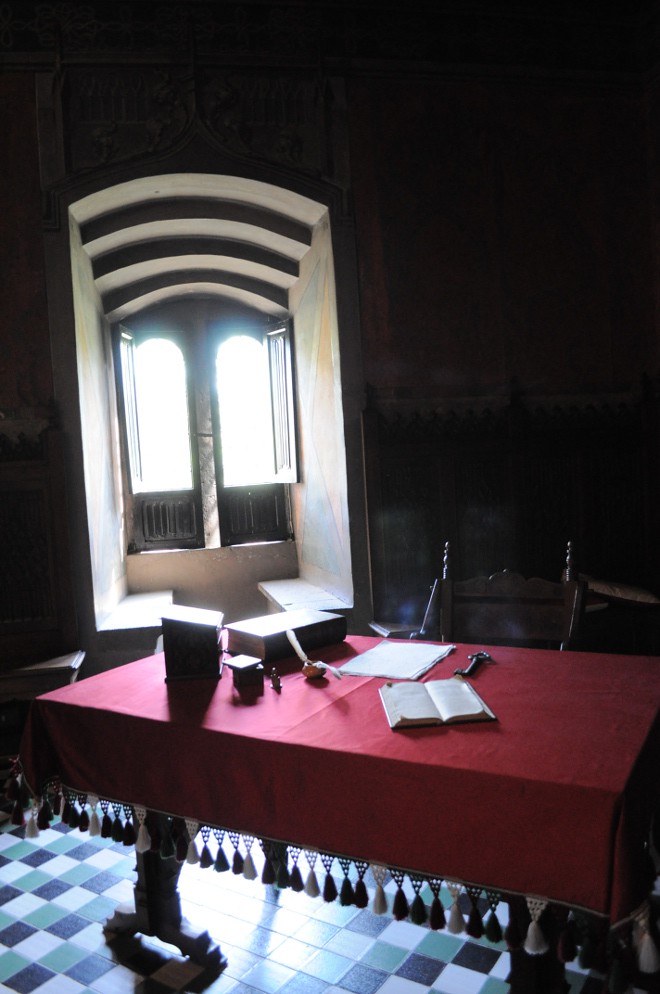
The Hearing Room
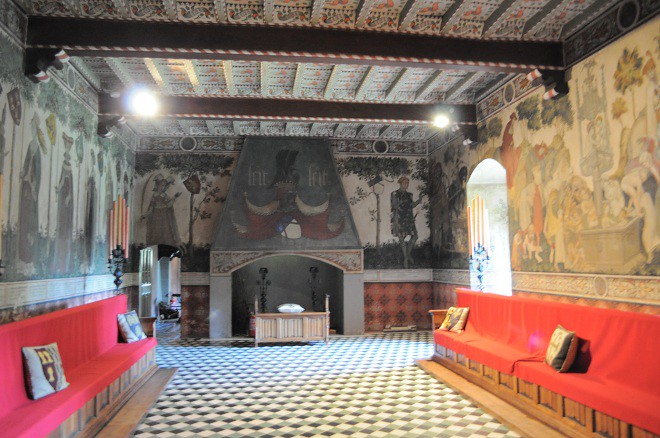
The Baronial room
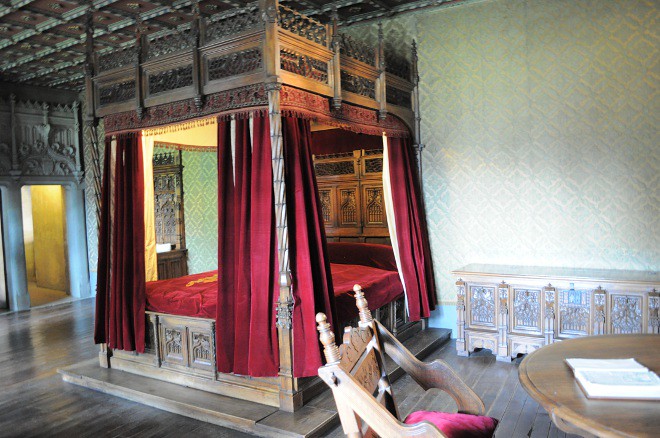
The Bedroom
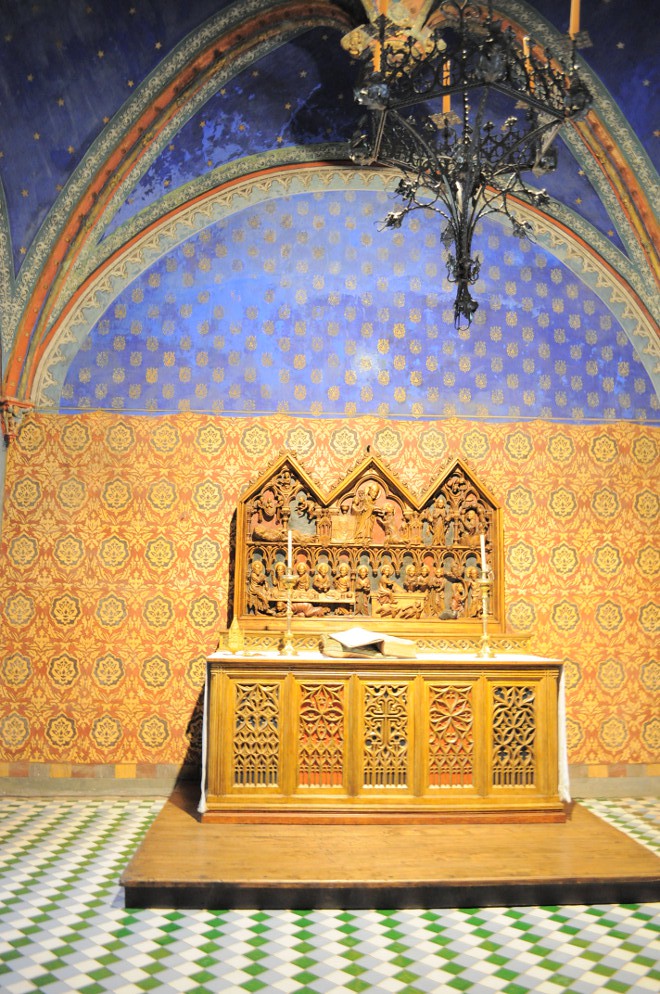
The Chapel
THE GARDENS:
The Gardens are a modern development, created in 1997 in order to resemble a medieval typical garden. They’re divided in three kind of gardens: the first one is the Garden of Delight, were the King used to walk and meditate; the second one is the Botanical Garden were all the medicinal herbs and textile plants were cultivated and the last one is the Kitchen Garden, used to raise vegetables and fruits.
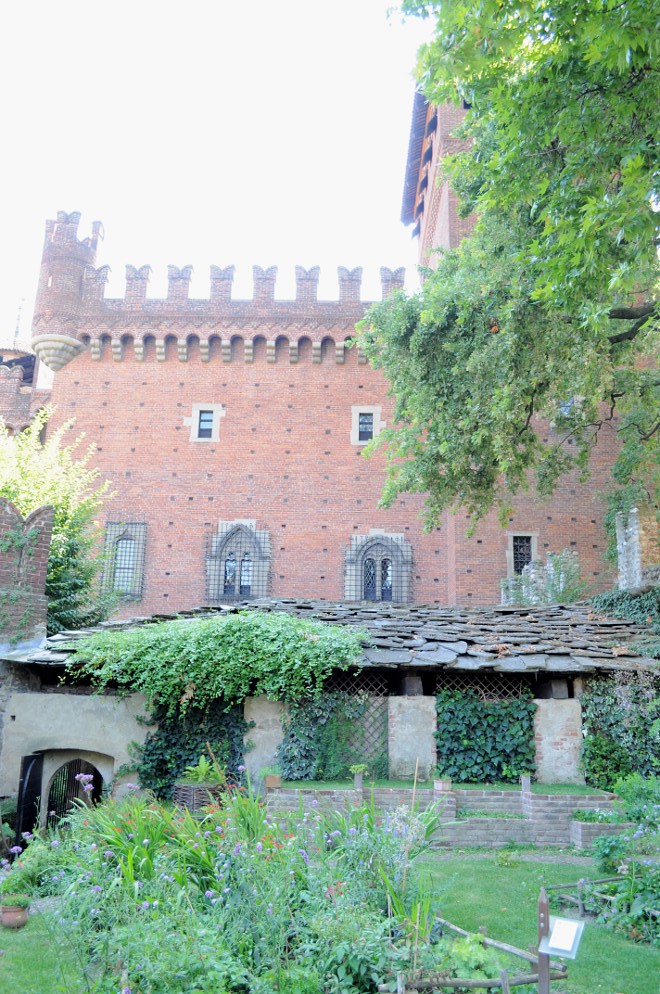
view of the Castle from The Garden of Delight
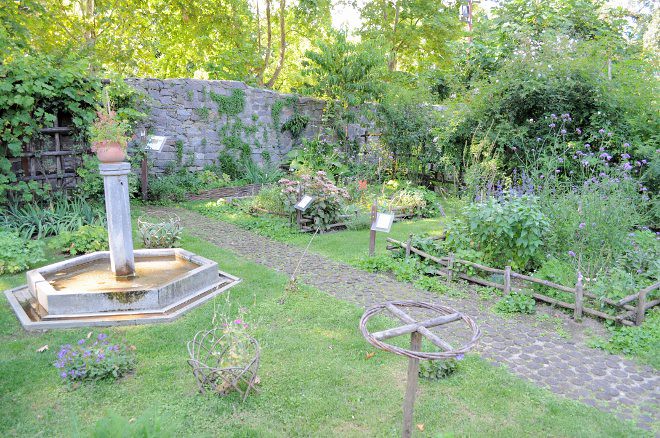
The Garden of Delight
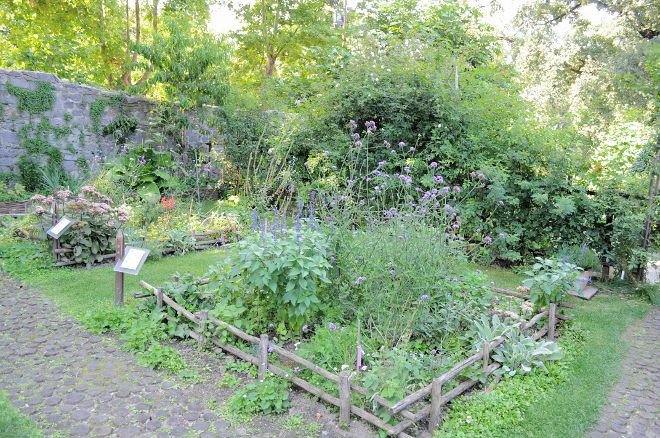
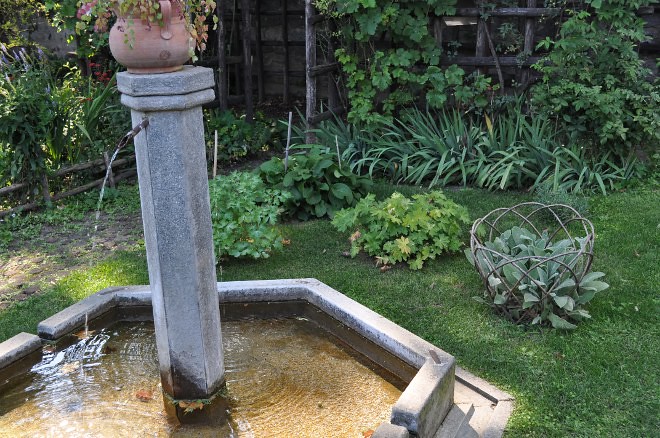 the fountain in the centre symbolizes Life, that is God
the fountain in the centre symbolizes Life, that is God
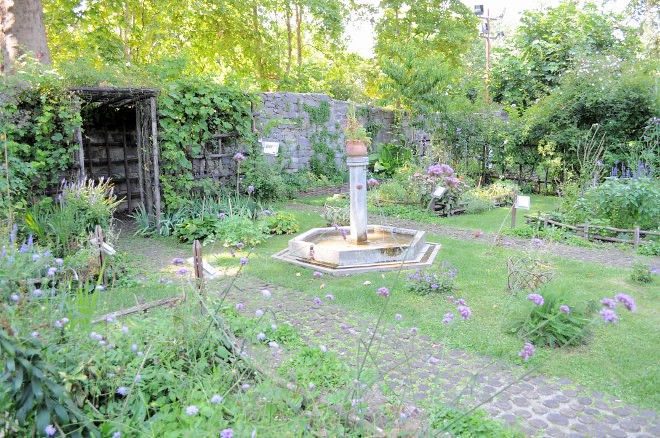
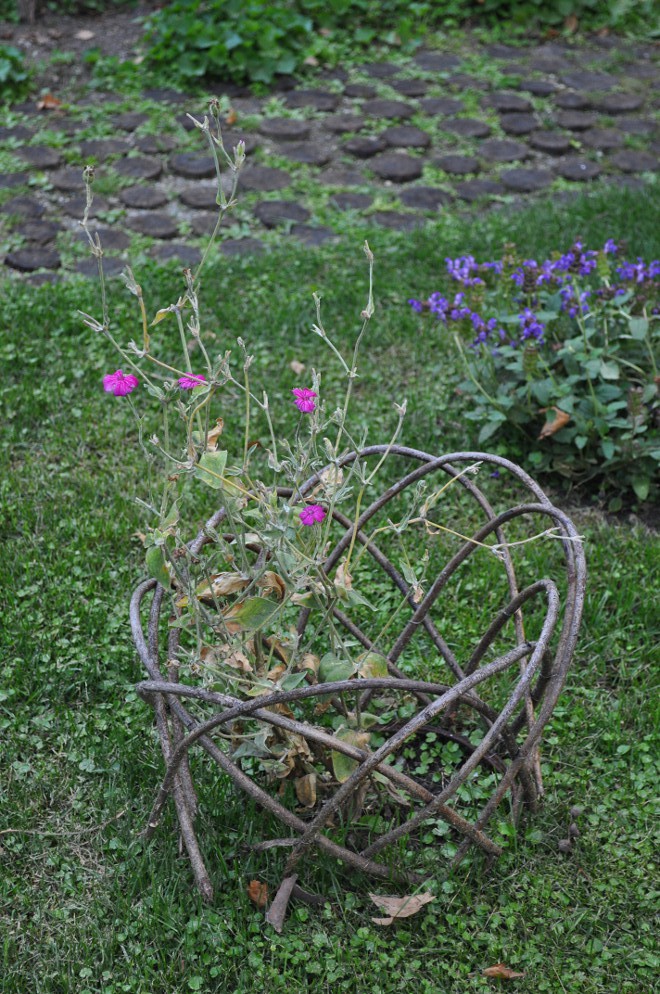
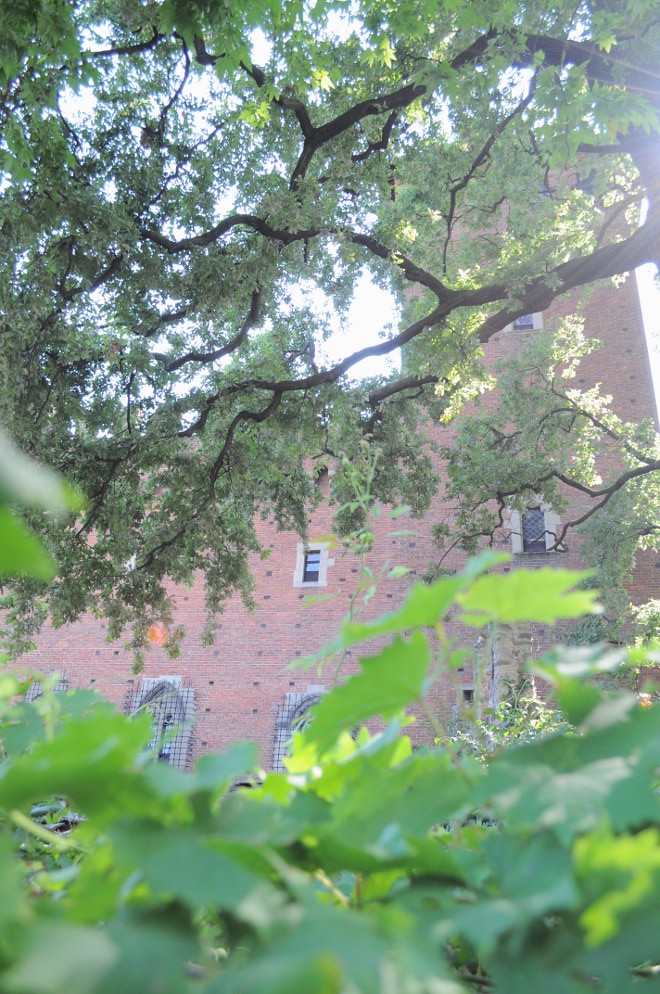

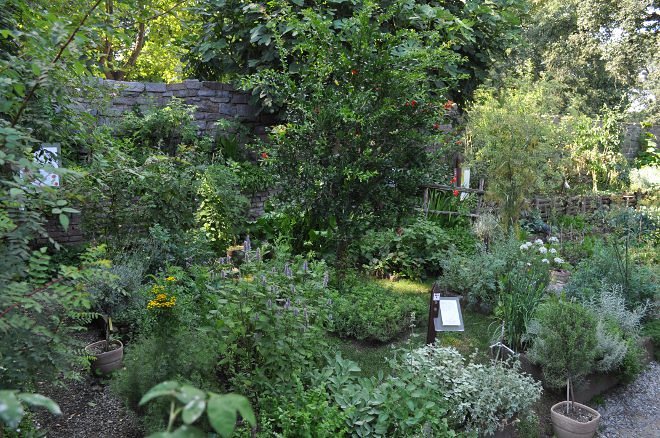
The Botanical Garden (Giardino dei Semplici)
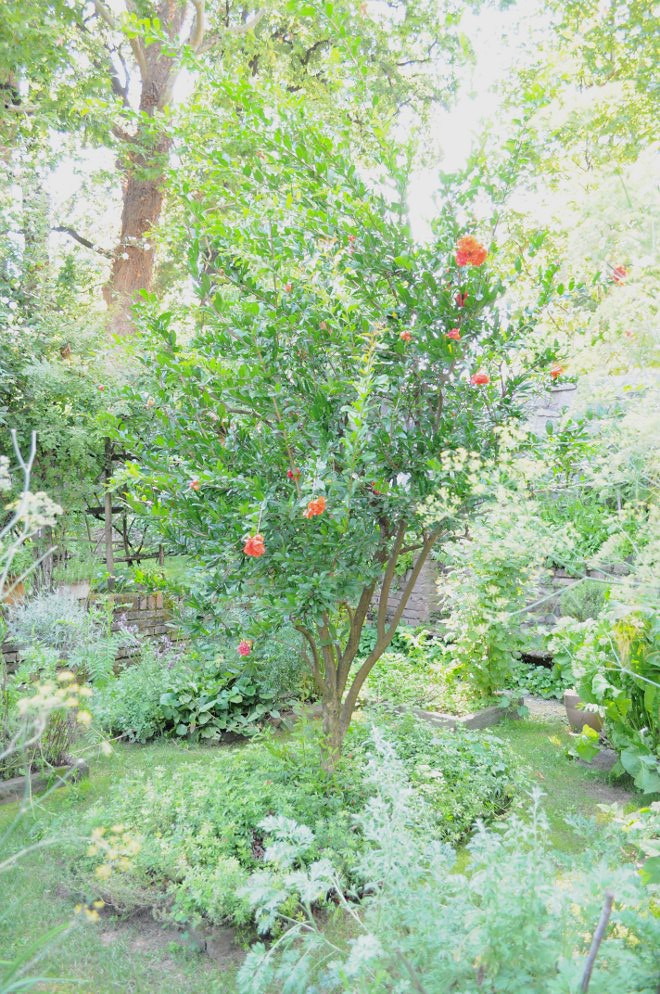
the pomegranate tree symbolizes Fertility
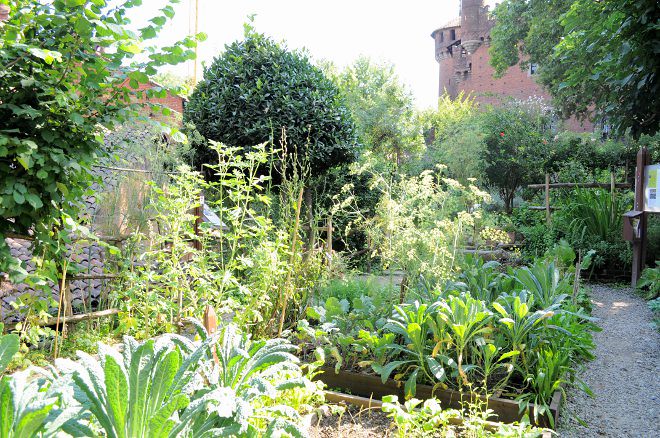
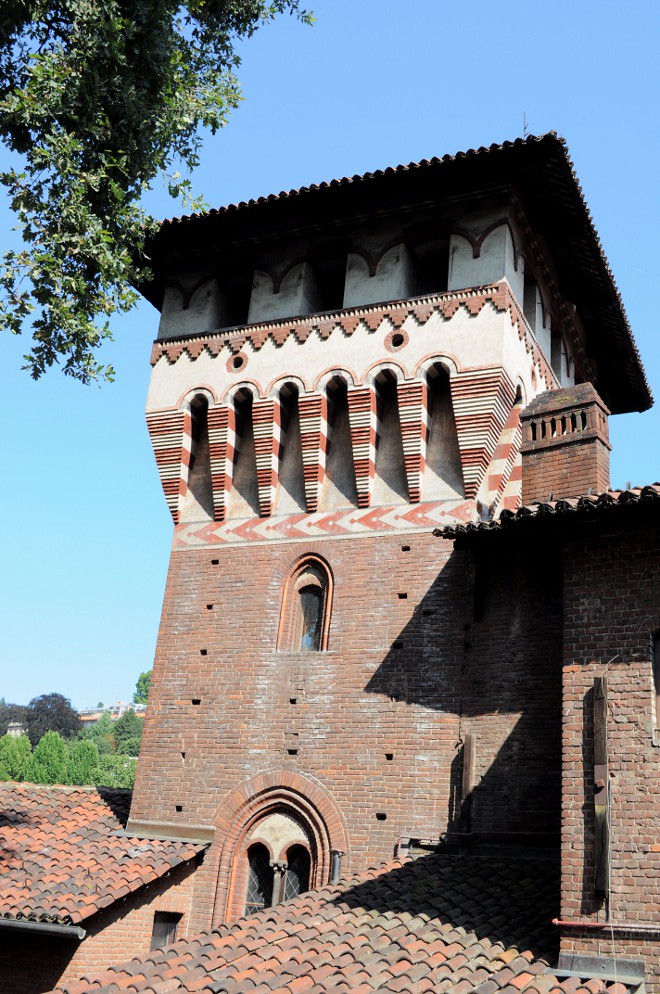

The Kitchen Garden (Orto)
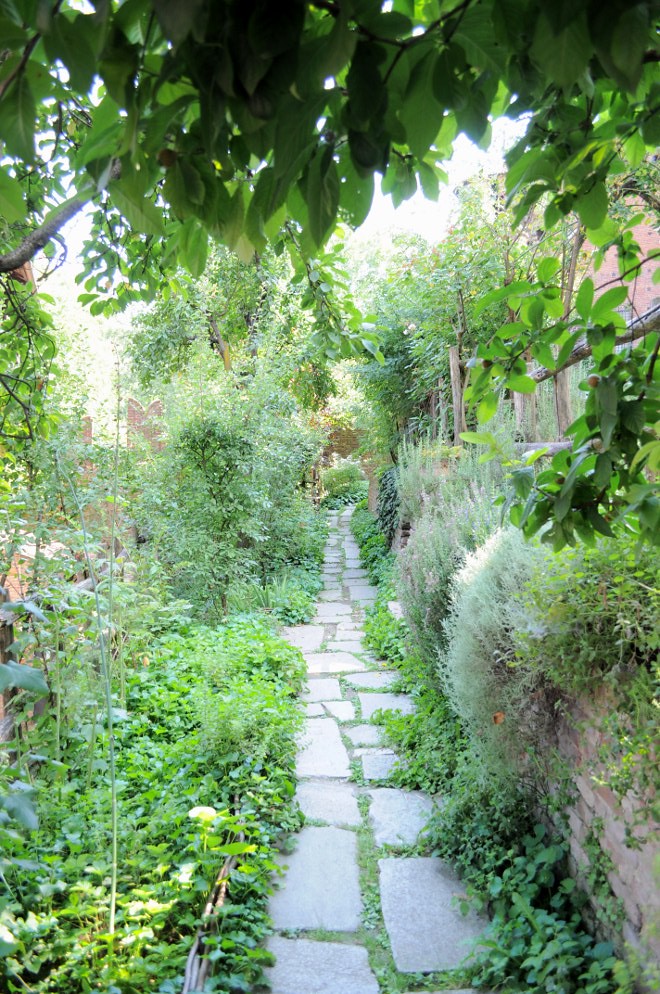
the alley that links the Kitchen Garden with the entrance

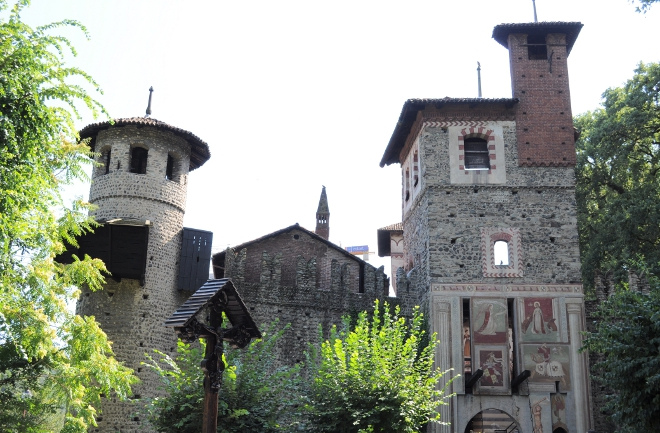
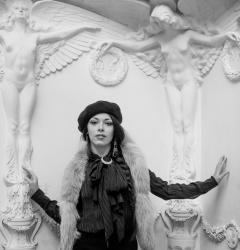


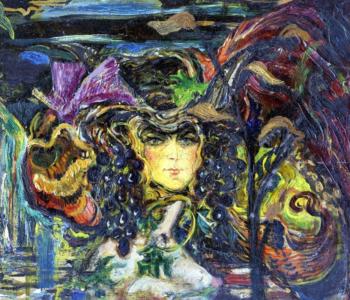
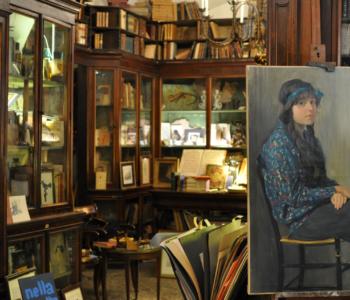
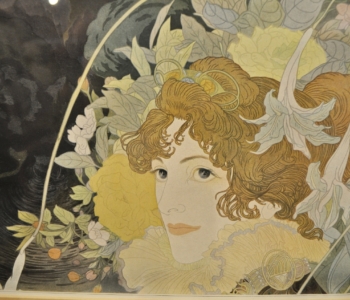
2 Commenti a “The Medieval Village in Valentino Park”
Belle foto e bell’articolo, anche io ho scritto un articolo sul parco e devo dire che è uno dei posti più suggestivi in cui sono stato. E’ incredibile come riesca ad immergere il visitatore in un’atmosfera da sogno perpetuo.
Un posto magnifico!
Trackbacks per le News